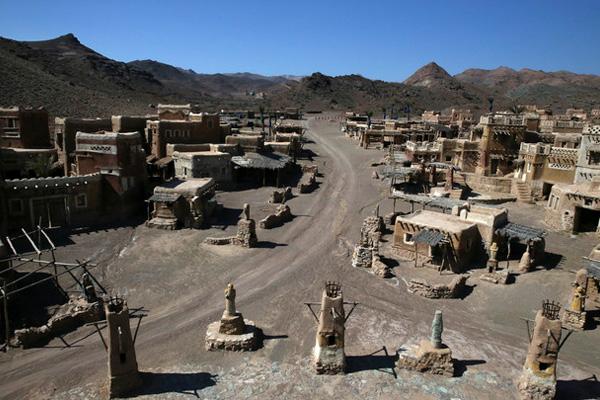

Through an elective process, the Prophet became the temporal and spiritual leader of Medina, establishing order and unity in a town suffering from political turmoil. This event, known as the hijrah, marks the establishment of the model Islamic community and thus the beginning of the Muslim calendar. In 622 CE, the Prophet and his followers emigrated north from Mecca to Medina. The small community of Muslims was met with harsh and continual persecution. The revelation Muhammad received demanded social justice and reform: one should not only perform regular prayers, but also care for the poor and the weak. Where tribal bonds and blood feuds pervaded the social structure, the Prophet spoke of a universal community, or ummah. In this polytheistic world, Muhammad spoke of tauhid, the unity and oneness of God. Mecca was the pilgrimage site of the polytheistic Arabian religion, the center of which was the Ka’bah, a central cube-shaped structure which housed over 360 idols. These revelations challenged the foundations of 7th century Meccan society. The message he received was a warning of divine judgment and an invitation to return to the ways of the earlier prophets, including Abraham, Moses and Jesus. Muhammad continued to receive revelations, which he recited to his wife and followers as a small group of believers began to grow in Mecca.

Muhammad recited this and then awoke, feeling “as though the words were written on heart.” He ran down the mountain, but he heard a voice from the sky: “Muhammad, you are the Messenger of God, and I am Gabriel.” Looking up, Muhammad saw an angelic form standing astride the horizon, repeating the message. Read! Your Lord is the Most Bountiful One who taught by the pen, who taught man what he did not know.” (Qur'an, 96:1-5). An angel commanded him, “Recite!” Twice Muhammad asked, “Recite what?” The third time the angel replied: “Read! In the name of your Lord who created: He created man from a clinging form. One night during the month of Ramadan, Muhammad reported having a strange encounter while half-asleep in a cave.

Muhammad performed devotions each year on Mount Hira, outside of Mecca. When Muhammad was forty years old, he had a profound experience that changed his life and ultimately established the Muslim faith. As a merchant, he was known by reputation as al-Amin, the trusted one. He married an older woman, the widow Khadijah, for whom he had worked in the caravan trade. Born in the city of Mecca on the Arabian peninsula in 570 CE, he was raised an orphan in his uncle’s house. The Prophet Muhammad is both a messenger of God and a personal role model for Muslims.


 0 kommentar(er)
0 kommentar(er)
